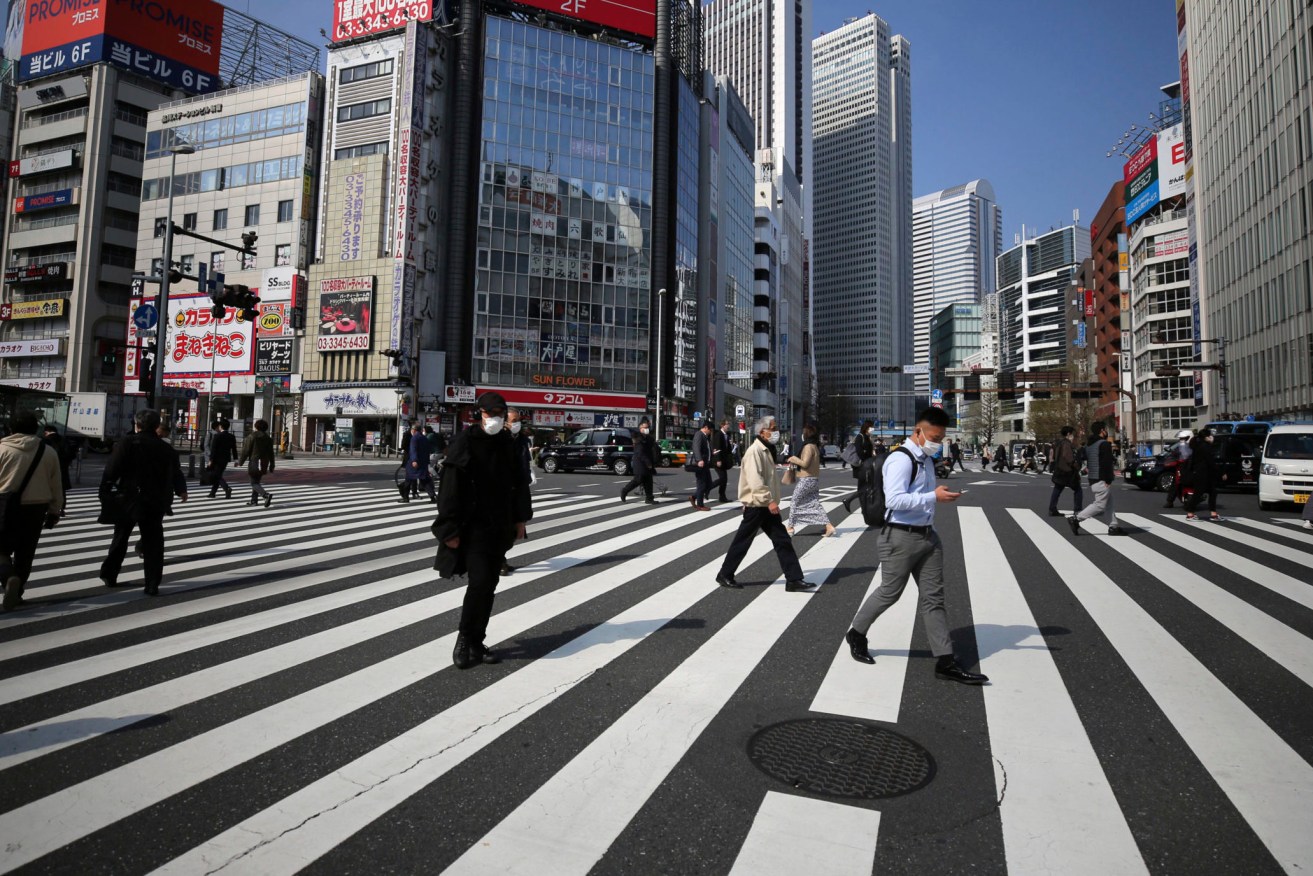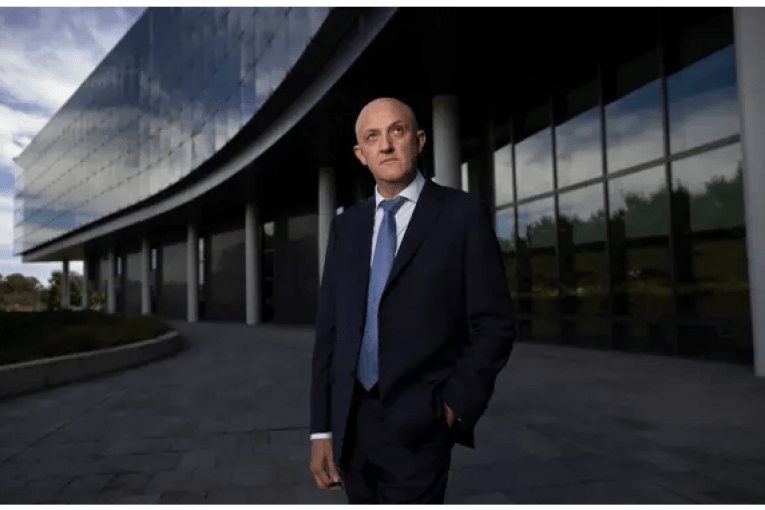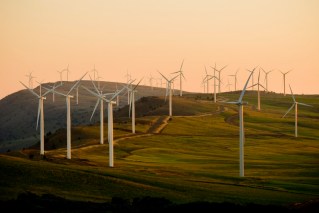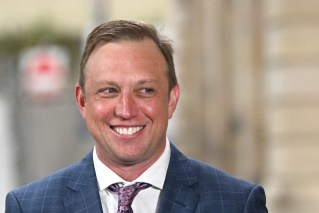Asian countries now bracing for ‘second wave’ as epicentre shifts
It is highly likely the epicentre of the coronavirus outbreak will shift multiple times around the globe until a vaccine is found. (The Yomiuri Shimbun via AP Images)

Fewer than usual people are seen near Shinjuku Station in Tokyo on April 8, 2020 morning. ( The Yomiuri Shimbun via AP Images )
That is according to public health experts, who are warning that returning to normal life too quickly could risk a new wave of infections.
Even countries previously praised for their success containing the initial outbreak, such as Singapore and Japan, are now bracing for what some scientists fear is the second wave.
Singapore’s Health Ministry confirmed 142 new coronavirus infections on Wednesday for a total of 1623, the biggest daily increase yet, and said a seventh person had died after testing positive for the disease.
Forty of the new cases were linked to foreign worker dormitories. The South-East Asian city state has quarantined workers in three dormitories after they were linked to several cases of the COVID-19 respiratory disease.
The director-general of the International Vaccine Institute in Korea, Dr Jerome Kim, warns that while some countries were considering relaxing measures to deal with the virus, the threat was far from over and remained unpredictable.
“It’s really not over until it’s over because just as easily the wind can shift and before you know it, the fire is back in your backyard,” Kim told the ABC from Seoul.
“The epidemic is really like a fire. It passes through an area and hopefully it’s gone forever.
“But we’re pretty sure that it won’t take much. It will take one person or two people going on a trip, being exposed for whatever reason, and coming back.”
Professor Rob Moodie from the Melbourne School of Population Health at the University of Melbourne is among those monitoring the situation in Asia and Africa.
He also warns that we need to strike the right balance when it comes to keeping social distancing in place.
“We’re going to get in a situation … [where we have to look at] the balance between is the cure worse than the disease? And that is the ultimate dilemma that we’re facing right now,” Moodie said.
“What is our end game in any country? When can we start to open things so people can get together again so they can protect their livelihoods? We don’t know that yet.”
Public health experts are also concerned about potentially “rampant” outbreaks in other parts of Asia, as well as Africa, meaning the epicentres of the virus could shift continually.
How fast is coronavirus growing around the world?
Public health experts are also concerned about potentially “rampant” outbreaks in other parts of Asia, as well as Africa, meaning the epicentres of the virus could shift continually.
“I think it’s very likely to happen,” Singapore-based Australian professor James Best from the Lee Kong Chian School of Medicine told the ABC.
“There are other countries in Asia — India for example — and Africa where there could be a rampant outbreak as there has been in China initially, and then Italy, Spain, the US.
“As some of those countries go through the peak … there will be other places where infections spread and [they] will be the so-called epicentre. I think it’s inevitable.”
Kim said unless a vaccine or other preventative measures are developed, life will not return to normal.
“If we want to return to some situation like it was before, we’re going to have to live with these outbreaks and respond to them quickly,” he said.
“No one should feel completely safe from a COVID-19 recurrence.”
Analysis of Doherty Institute modelling of likely outcomes for Australia, released this week but based on overseas data, has suggested that broad bans on international travel, and continued domestic restrictions, will be required to avoid another surge in cases locally.
Will the epicentre shift back to Asia?
After a slow rise in infections over the first three months of the year, Japan has now declared a state of emergency to deal with a sharp increase in cases.
Singapore’s Government has this week ratcheted up a series of measures, including shutting down all workplaces, schools, and non-essential services, due to an increase in locally transmitted infections.
Professor Teo Yik Ying from the Saw Swee Hock School of Public Health at the National University of Singapore described the second wave of cases as a “rapid” escalation which was “deeply concerning”.
“Our second wave actually came from Singaporeans and permanent residents returning from countries that saw widespread community transmission,” Teo told the ABC.
It is largely believed Singapore and Japan’s health systems should cope with the second wave, and Teo points out an increase in infections was anticipated by Singapore.
Professor Best said it was unlikely to experience a severe outbreak again given Singapore had already shown it had been able to “flatten the curve” to ensure the health system could cope.
“If you have exposure within the population steadily over a period of six months, the system is able to cope with that,” he said.
“People go into hospital or intensive care, they recover, and then the next wave is able to use those facilities.”
But for Professor Best, the concern is if the waves of infections never stop.
“It’s a huge burden on the healthcare professionals and they’re going to be burnt out,” he said.
Where epicentres could emerge next
Authorities are facing a unique set of challenges as they try to anticipate and mitigate the spread of the virus.
Some experts suggest countries with dense populations — including India, Indonesia and the Philippines — could be at a disadvantage as they struggle to implement social distancing measures on a larger scale.
Africa and Latin America are in the same boat, despite having so far reported low case numbers.
Kim said it is difficult to know at this point how severe the problem really is in those areas.
“It’s really going to be important to know because in the end, Australia could be deciding to let go of some of the restrictions but if there’s ongoing infection in South Asia or in Africa, Australia will never be completely secure.”
Moodie said the recent rise in cases shows countries need to take aggressive measures to contain the spread for prolonged periods and be able to put out “spot fires”.
“I think what we’ll see now is [multiple] epicentres, much more than a global epicentre,” he told the ABC.
“What we’re going to see, particularly in Africa, is that it will bubble up and explode in many different countries.”
Moodie told the ABC the success of each country against the virus will depend largely on their wealth, their government, and their health system.
“I think we’re in for a COVID era that is much longer than we originally thought,” he said.
“We’ll see a second or third or fourth [wave] — that’s what happened with the Spanish Flu as well.”
The race is on to create a vaccine
More than 30 companies and academic institutions are understood to be working to create the vaccine for COVID-19.
Kim said while a vaccine might be 12 to 18 months off, after that comes the question about which countries are prioritised for the vaccine.
“Especially in the beginning, everyone is going to want it, but not everyone is going to be able to get it first,” he said.
“This is the time to really think through the priority.”
– ABC / Amy Bainbridge


















